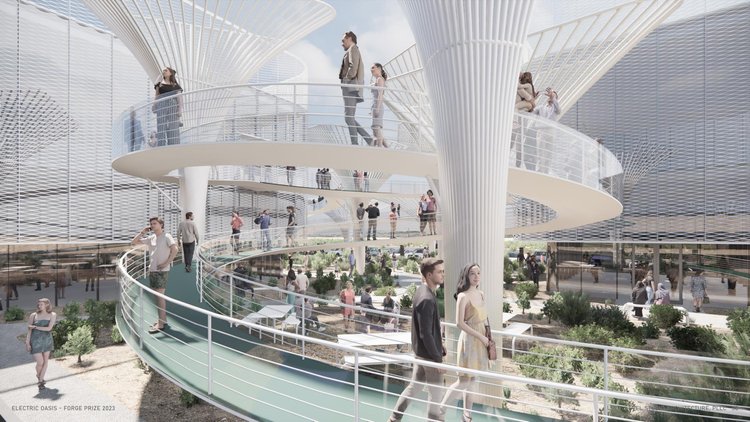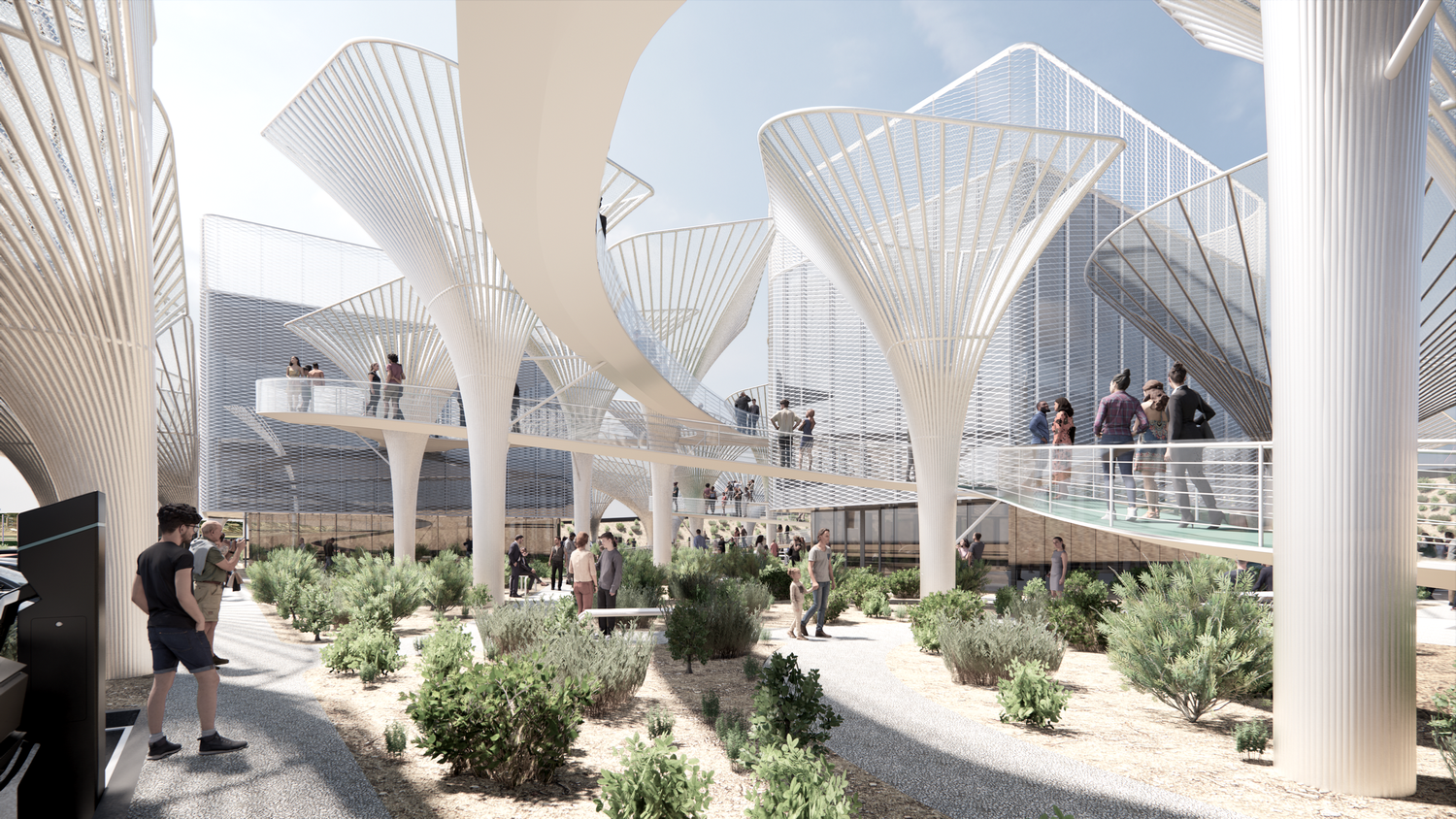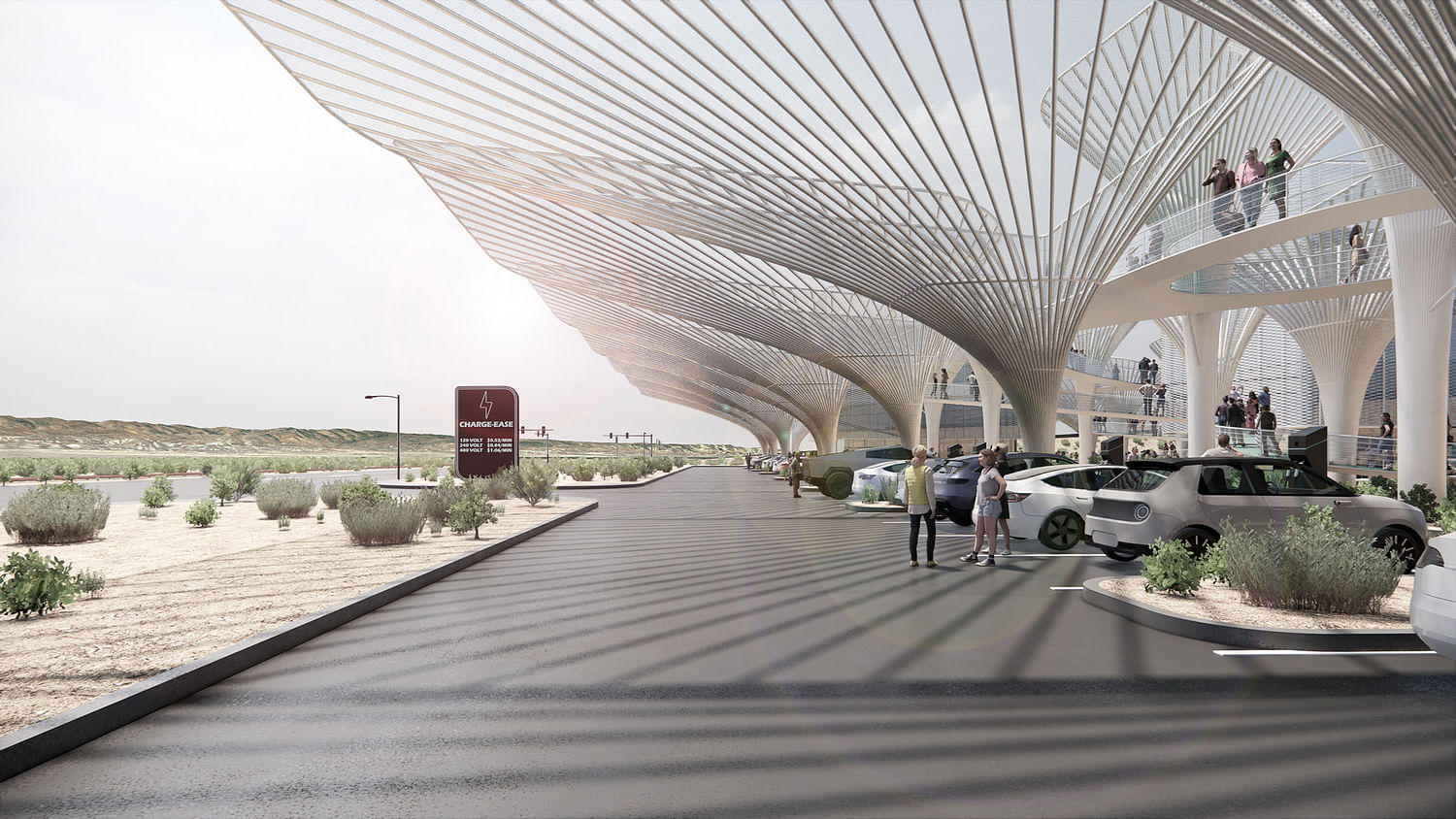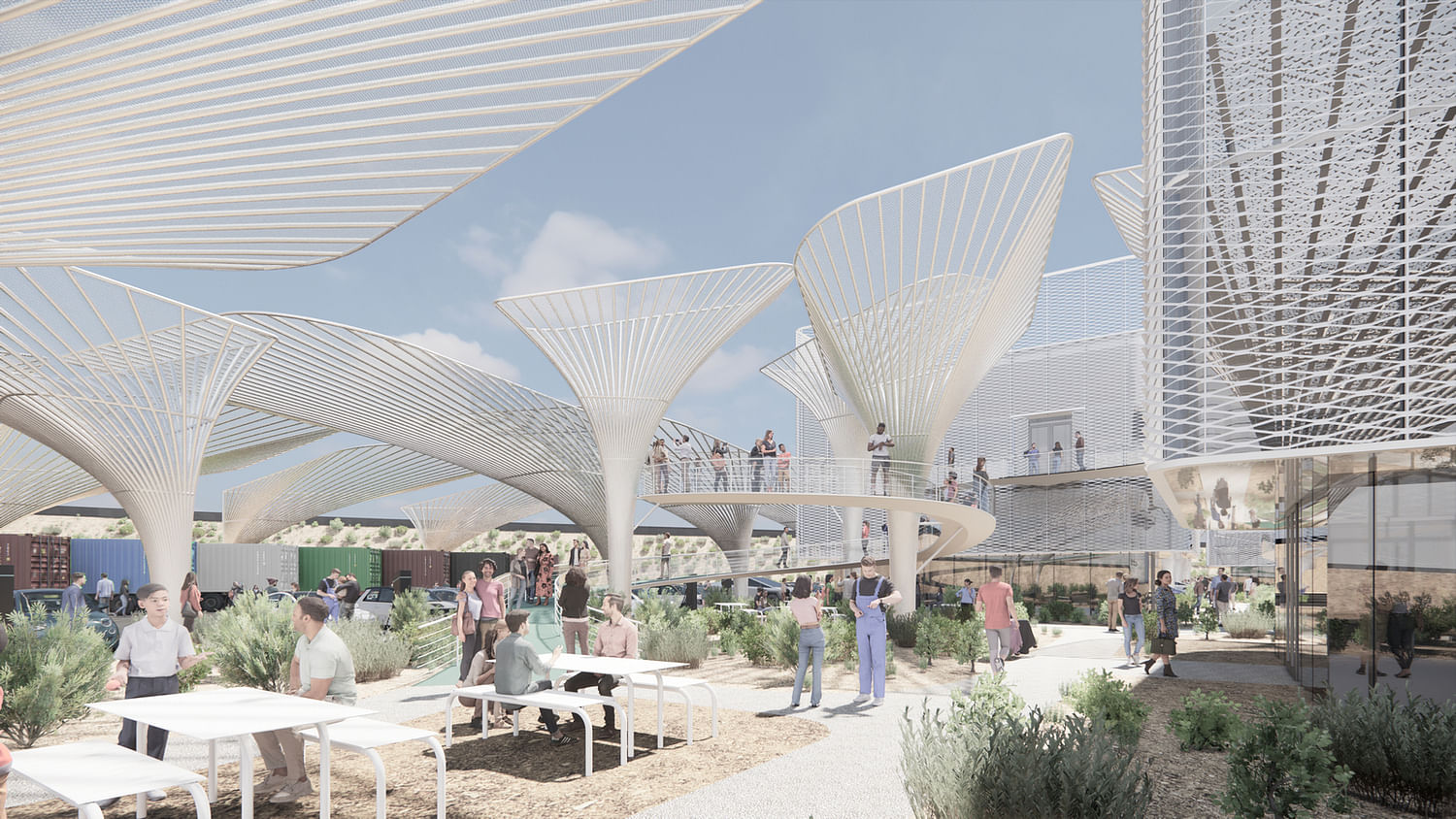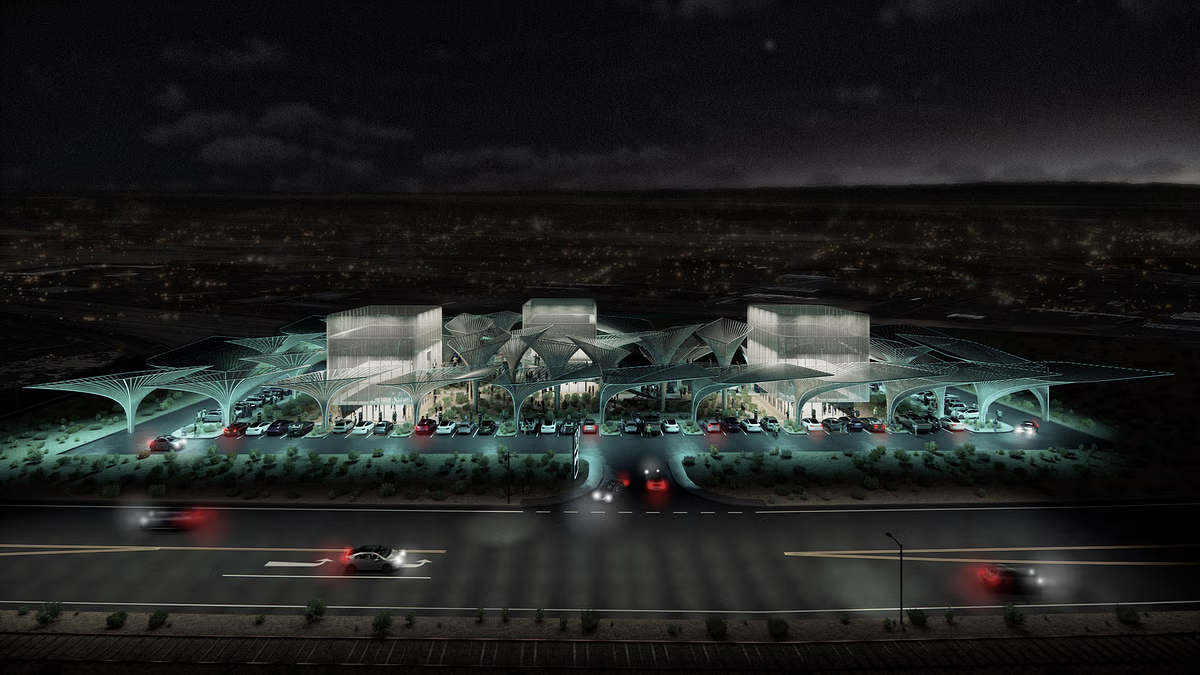In the U.S., networks like Electrify America, EVgo and ChargePoint have clocked the fact that drivers don’t want to waste 30 minutes twiddling their thumbs. Instead, they’re turning stations into destinations. Next to chargers, cafés and coworking outposts are popping up - not by accident, but by design. At EVgo hubs in cities like Chicago or Los Angeles, drivers are actively encouraged to grab a laptop and claim a seat at a nearby workspace while their car recharges. ChargePoint similarly highlights its charging locations positioned deliberately near coworking spaces, flipping charging pauses into productivity bursts.
The fitness world has also latched onto this new rhythm. U.S. gym chains like Planet Fitness and Crunch Fitness are installing chargers outside selected branches, encouraging members to “power up while they work out”. Meanwhile, Europe is bringing its own flavour of social charging. Ionity, the high-power network spanning major highways across the continent, positions stations near cafés and service areas with surprisingly cosy lounges. In Italy, Enel X is promising to roll out “charging villages” - mini campuses that combine stations with coworking pods, coffee bars and shaded seating - making the charging process feel more like a curated pitstop and less like an obligation.
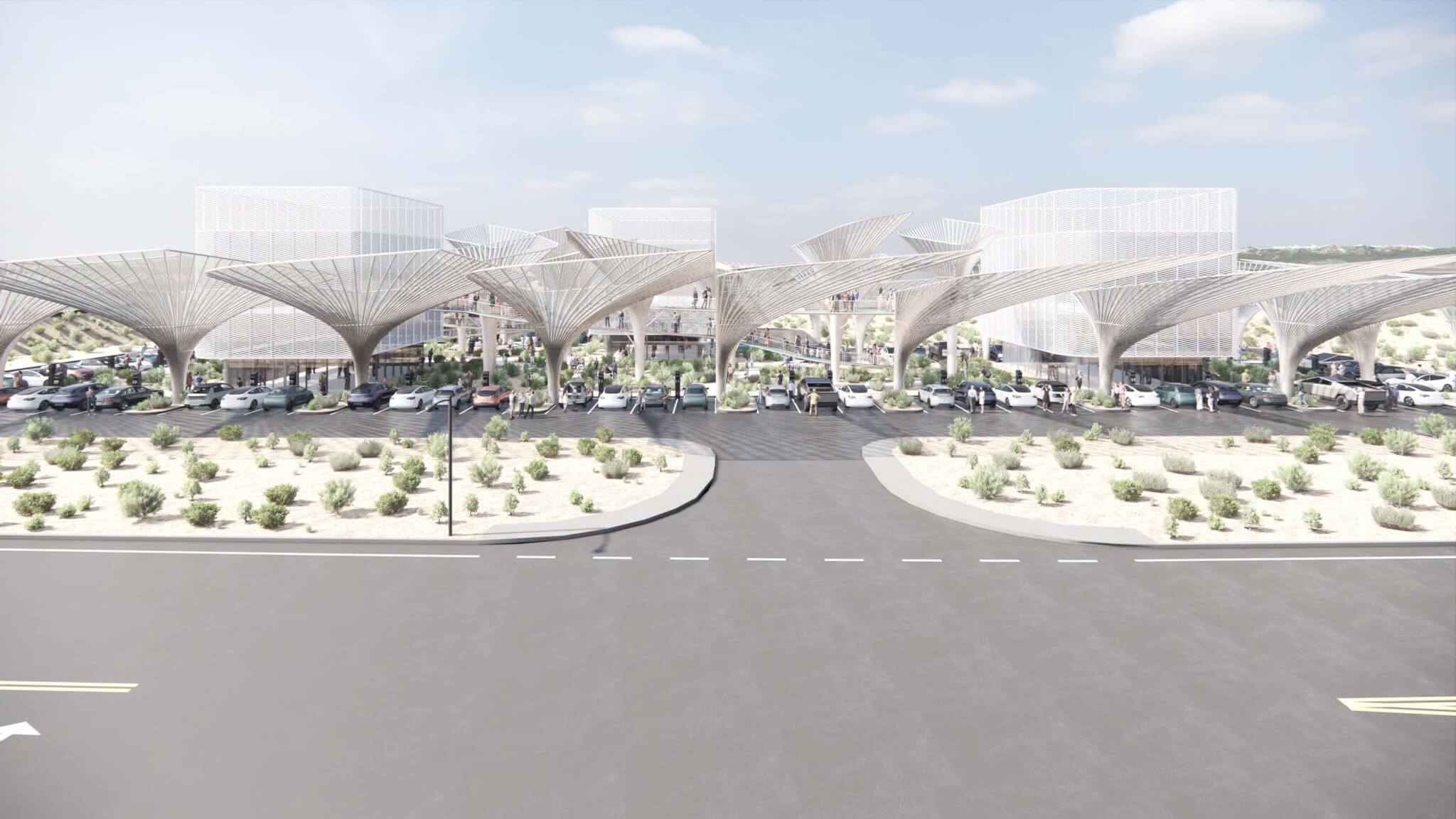
Designers are jumping on board too. In 2023, a steel-structured EV pavilion concept by Christopher Taurasi, Lexi White, and Jeffrey Lee of LVL (Level) Studio won the American Institute of Steel Construction’s Forge Prize. First awarded in 2018, the $10,000 prize “celebrates emerging architects who create visionary designs that embrace steel as the primary structural component while exploring ways to increase project speed.” The trio’s winning concept, Electric Oasis, inserts treelike steel canopies into EV charging stations, providing entertainment, dining, and retail options to make productive use of the often-lengthy charging process. Photovoltaic panels on each canopy roof double as shade for motorists lingering in the Southern California sun. The design envisions future stations as modular green plazas with seating, shade, and community-friendly open spaces, inviting people to linger rather than leave.
And linger they do. Charging points are naturally becoming gathering spots for EV owners: from Austin to Amsterdam, like-minded drivers show up to swap tips, talk tech and socialise. Meetup groups such as the Austin EV Enthusiasts turn Electrify America locations into regular hang-outs. In the Netherlands, “Charge & Chat” events organised by the EV Experience community at Ionity stations turn casual charging into mini social happenings. So what’s fuelling this cultural evolution? It’s the simple idea that time is valuable - and if charging an EV is going to take 20, 30 or 40 minutes, drivers want that time to work for them, not against them. The infrastructure providers have cottoned on and are racing to rethink the role of the station, not just as energy provider, but as host. Productivity, wellness, connection, culture, they’re all suddenly included.
What started as a practical adjustment to longer recharge times has shlowly triggered a communal need for more. Charging stations are shedding their utilitarian roots and morphing into dynamic third spaces that power people every bit as much as they power vehicles. Next time you hook up your EV, look around: chances are you’ll see someone on a Zoom call, someone else in gym gear, and a few early adopters chatting happily over coffee. Because charging isn’t a chore anymore - it’s a moment to plug into something bigger.

Copyright Images: latamobility.com, archpaper.com

